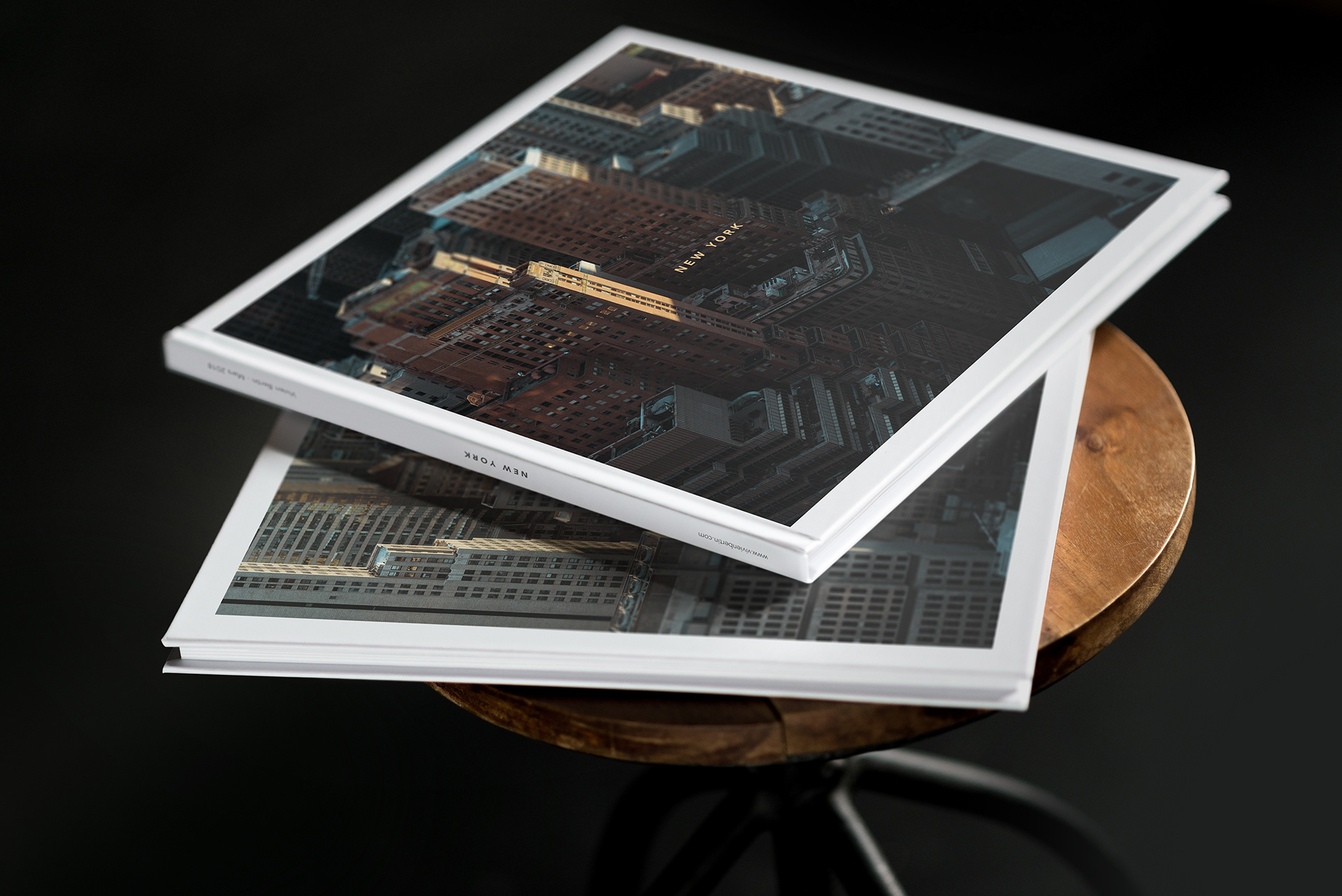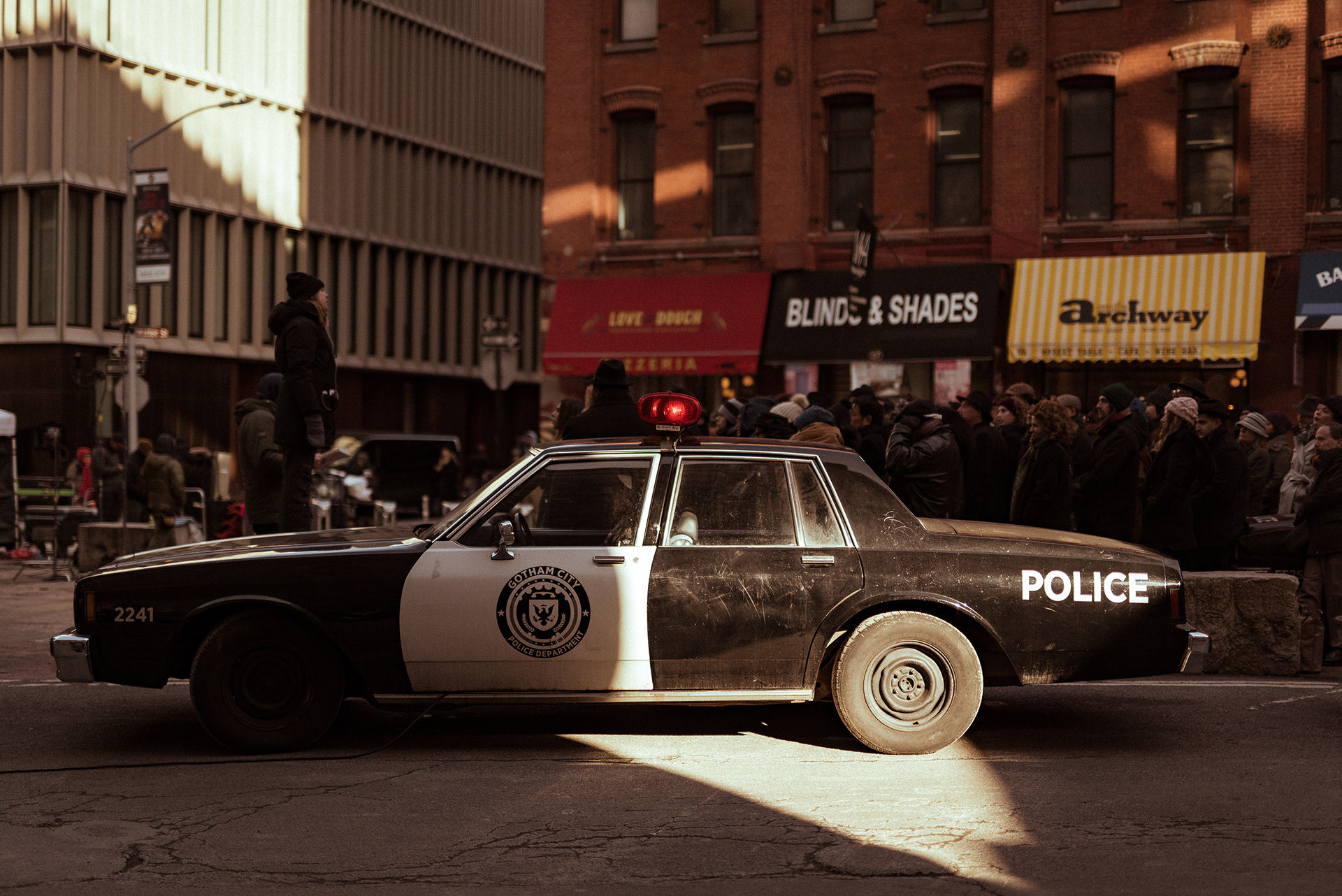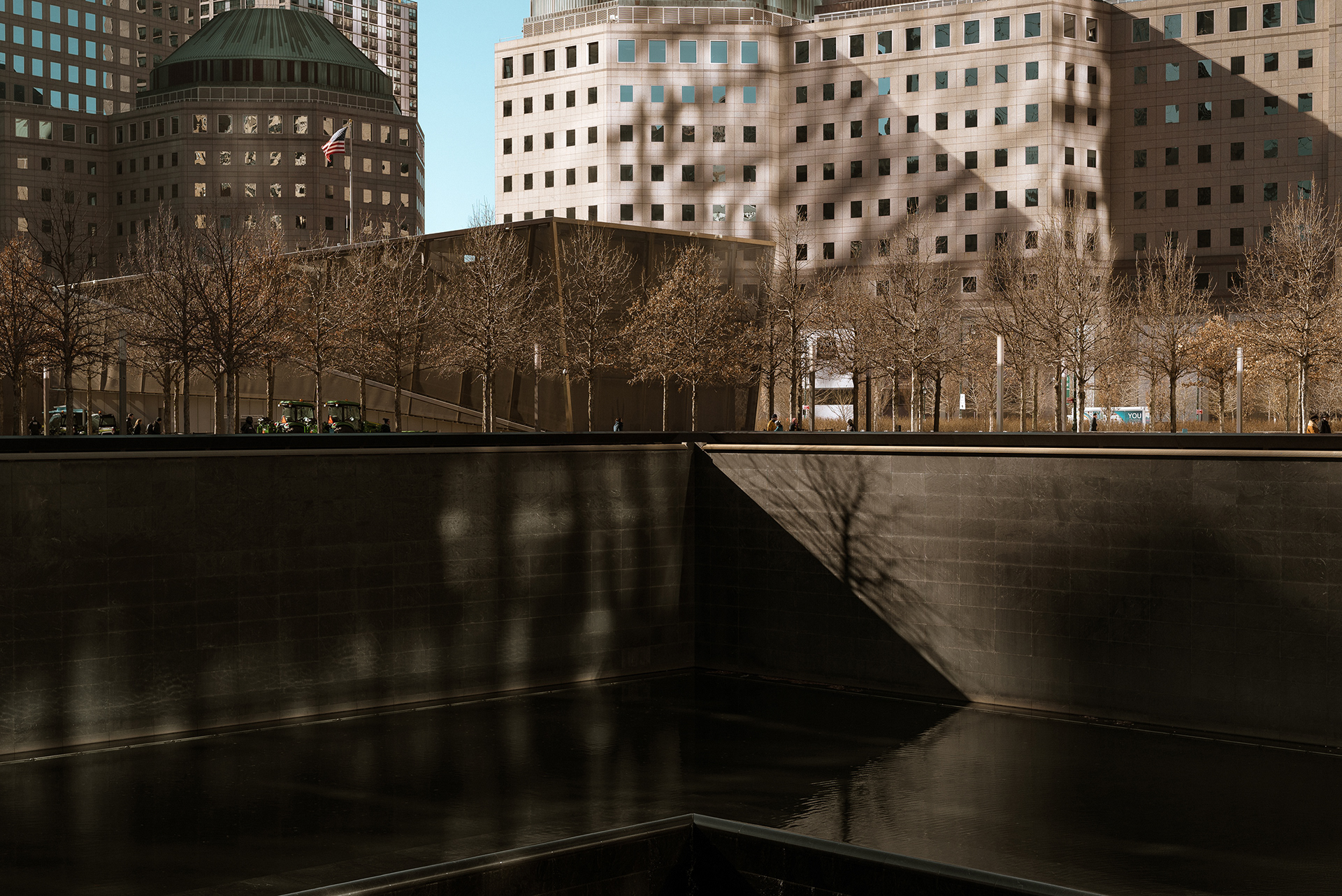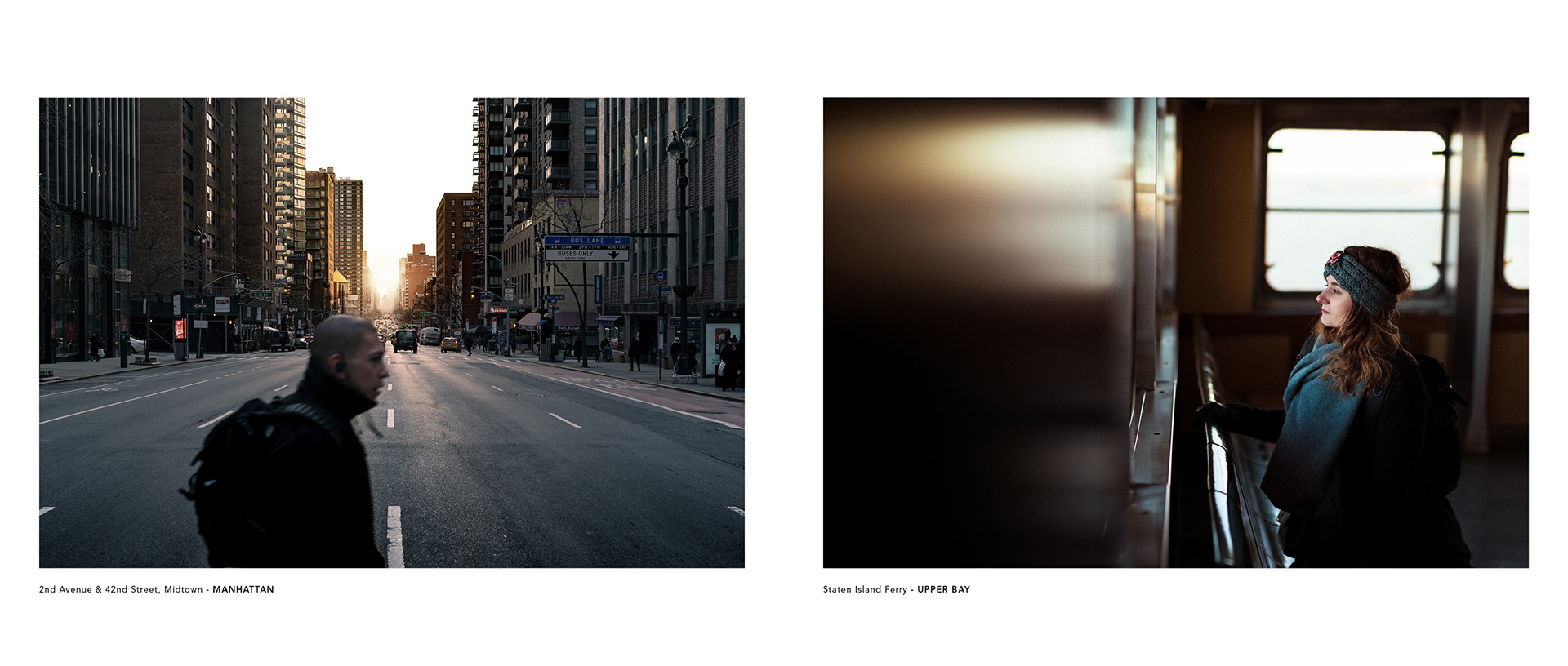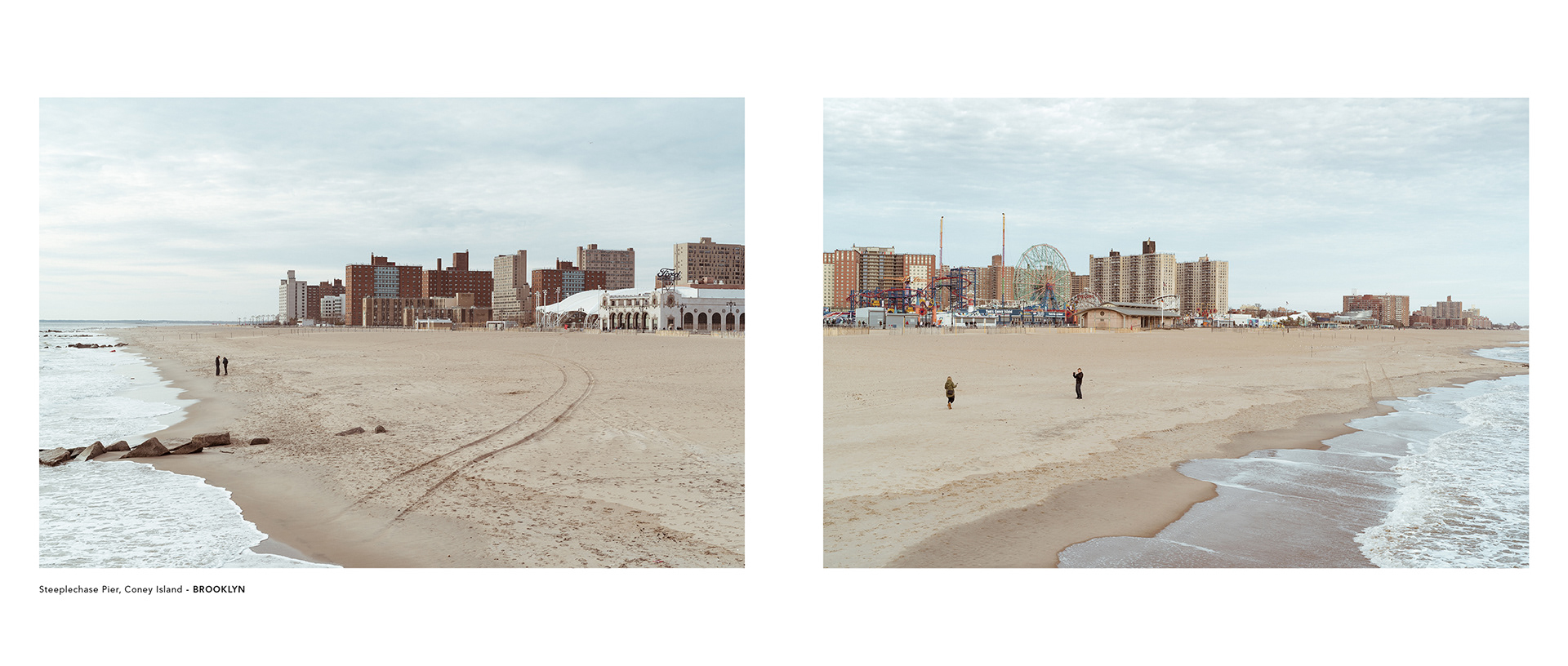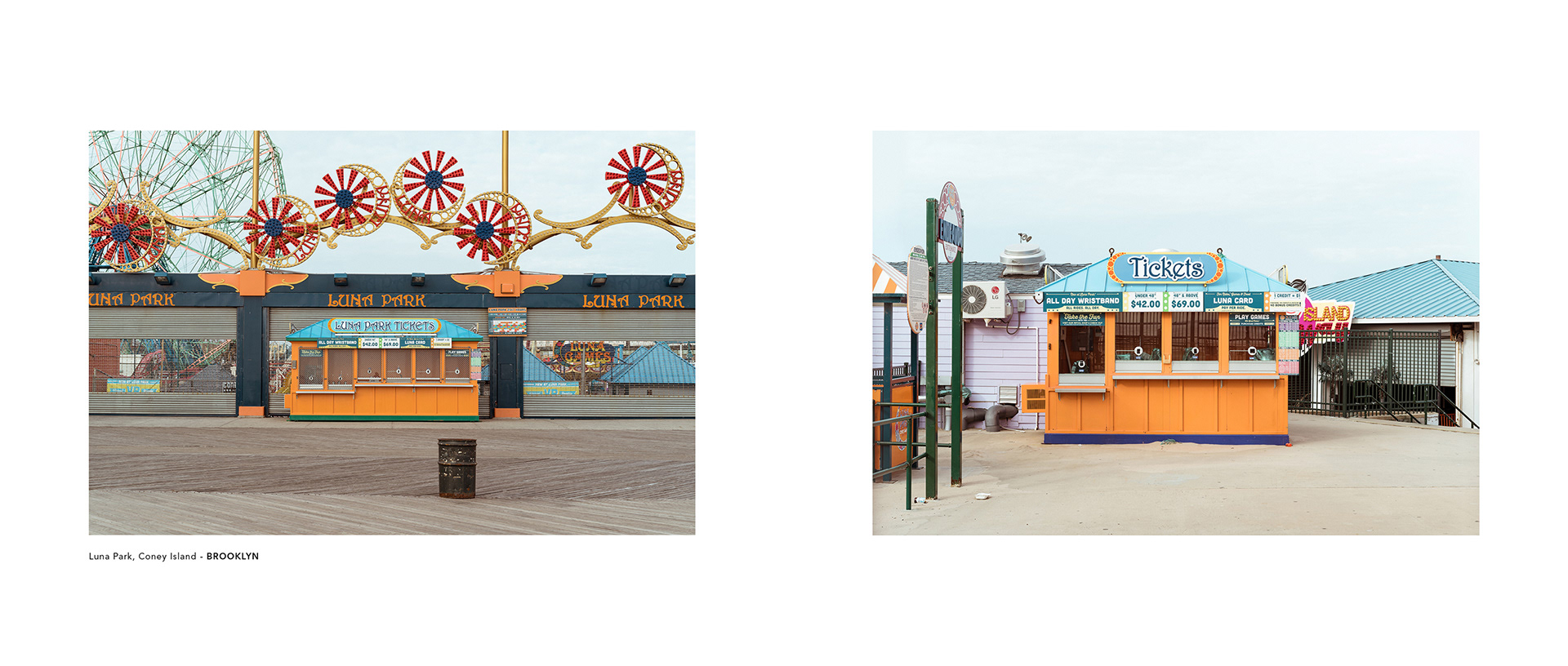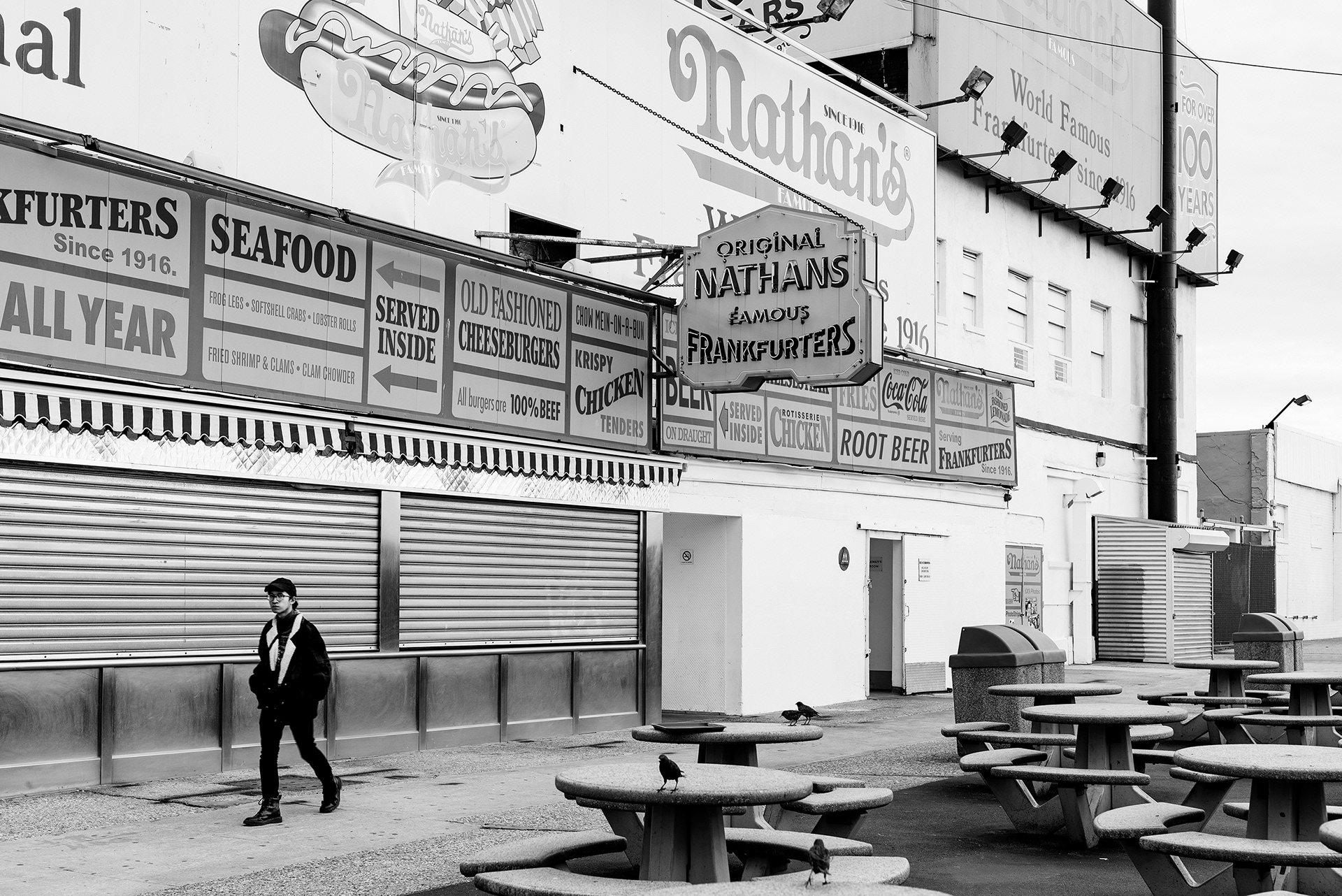May 15, 2018
The best virtual reality apps of 2018
Virtual reality isn’t all about gaming. Swim with turtles, paint in 3D, and immerse yourself in some of the most unique experiences the platform has to offer, with our curated list of the best VR apps.
The post The best virtual reality apps of 2018 appeared first on Digital Trends.
Source: Digital Trends VR
May 14, 2018
Graphic Design Inspiration: Espectros
Graphic Design Inspiration: Espectros
Silvino González Morales shared a quite beautiful post on graphic design featuring a set of abstract illustrations titled Espectros. The idea is simple, it basically blends shapes with a radial gradient. However the composition makes it very unique. As the wise man say, the simple things are always the most difficult to achieve. Silvino proved that to be right. I wouldn’t mind having one of those in my house.
Each one has its own bias, its own weaknesses. As a designer one of my weak points is simplicity, I tend to have a great difficulty with minimalism (and I love so much minimalism). So I try constantly to challenge myself and improve constantly. All these series of designs for different projects have in common that effort for create outside of my comfort zone.
The mockups are from: Pixelbuddha, Designalot, Freepik and NidiaDias. And please remember to check out some of his designs at Teepublic.
Graphic Design







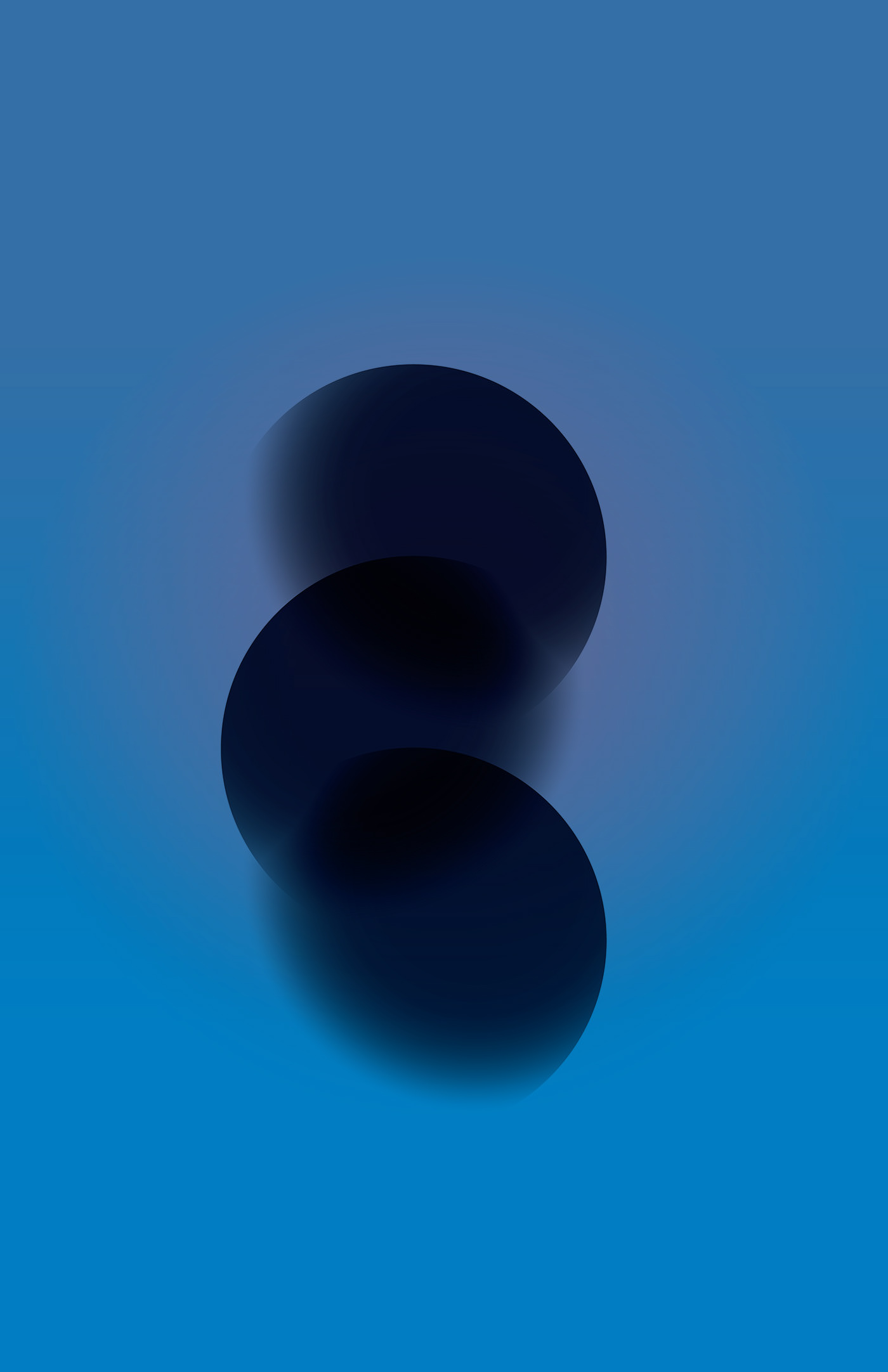

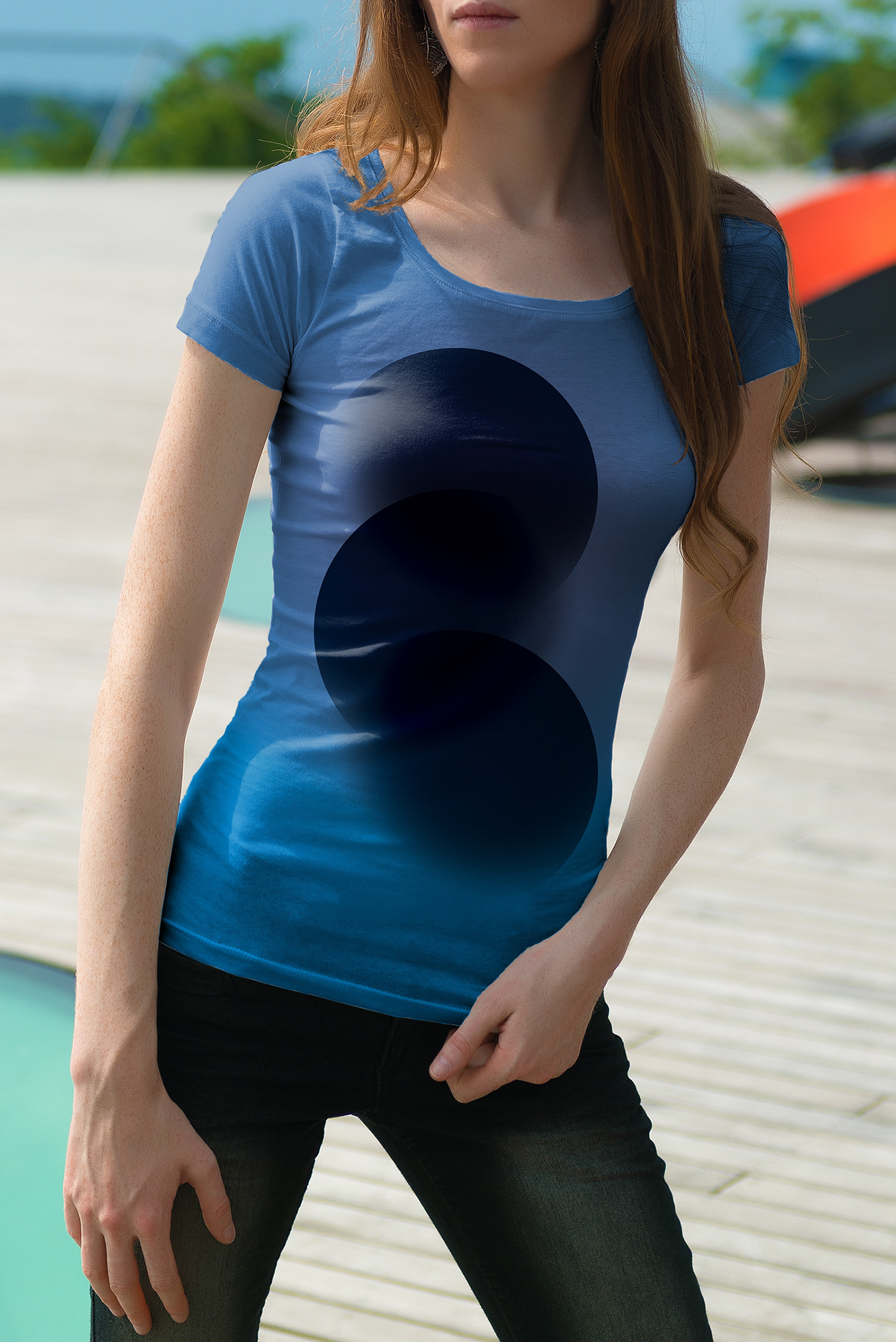
abduzeedo
May 14, 2018
Source: Abduzeedo Illustration
May 14, 2018
Photography: New York Book by Vivien Bertin
Photography: New York Book by Vivien Bertin
Let’s kick off the week with a stunning photography project by Vivien Bertin, he is Art Director & Illustrator from Paris, France. For this project, we are all about the famous city of New York. It has been such a long time since my last visit, but thank you to Vivien for taking the time to document his journey all around and capture some amazing moments. Check it out and enjoy!
More Links
- Learn more about Vivien Bertin
- Follow Vivien on Behance
Project Gallery
AoiroStudio
May 14, 2018
Source: Abduzeedo Photography
May 13, 2018
‘Pope Francis — A Man of His Word’ Review: Wim Wenders Reveals the Soul of a Leader in Intimate Doc — Cannes 2018
Prolific filmmaker Wim Wenders goes economical with his latest documentary about an essential cultural figure — the “Pina” and “Tokyo-Ga” helmer’s cinematic obsessions are always wide-ranging, and this one is no exception — for an intimate look at the life and philosophy of Pope Francis. Wenders is less concerned with the path that brought the Argentinian to his place as the living leader of the Catholic faith, instead opting to explore a very here-and-now approach to the intricacies of the pope’s own faith, and how he hopes to use it to positively impact the world around him. The film shows a refreshing interest in his current existence, rather than becoming a by-the-book retread of his pre-pope life.
In fact, “Pope Francis — A Man of His Word” offers up just a single slice of archival video that shows him preaching to a large, public crowd about the need for brotherhood in the world. It’s more than enough to drive home the point that Pope Francis has always been dedicated to such matters. He is, as promised, a man of his word.
It’s that word that forms the center of the film, and the pope often gets to speak it, thanks to a series of intimate interviews with the man himself. The gregarious spiritual leader is open and disarmingly honest, and Wenders shoots their chats with such up-close immediacy that you feel as if you’re sitting next to Pope Francis; as if his thoughts, often verging on off-the-cuff sermons, are meant just for you. But he’s also a man fully in charge of his message, and when he offers an admonishment to any churches that seek to attain wealth — “Jesus is not there,” he says of such institutions, and he’s not afraid to count some Catholic churches under that umbrella — he pauses to repeat the statement. There is no ambiguity to his message.
Pope Francis’ arguments run the gamut from the expected (he’s especially interested in the concept of true brotherhood) to the scandalous (he’s a strong proponent of the environment, believes that the power of science can go hand and hand with religion, and even talks about welcoming homosexuality into the church). Less a look inside his personal history than a stirring journey through the ideas that shape his approach to leadership and the world today, “Pope Francis — Man of His Word” emerges as a compelling chronicle of a global leader with huge reach (that happens to be rooted in faith).
Despite his singular subject, Wenders makes a number of strange choices when it comes to delivering segments of the film not dedicated to those intimate interviews. For one, there’s off-kilter narration by Wenders himself, and his pleasant German accent and stilted delivery mostly get in the way. The film opens with Wenders ruminating on the passage of time, while a time-lapse video unfolds across the screen, and it’s a strange decision that otherwise adds nothing to the film. In one scene, Pope Francis observes a river, and Wenders’ ask that the audience likewise observe the pope sounds like something pulled out of a truly weird nature documentary by Werner Herzog.
Read More: Wim Wenders Takes on Pope Francis in ‘A Man of His Word’ for Focus Features
Wenders’ choice to pepper the film with stories about Pope Francis’ namesake, the venerated Saint Francis of Assisi, already feels off-kilter for such a present-focused feature, and get weirder still when they turn into flickering, black and white recreations of the saint’s journey to God. They’re done with all the refinement (and half the humor) of a Monty Python sketch, and each time they appear, they stop the film cold.
When Wenders returns to Pope Francis, “A Man of His Word” snaps back into place. His visits around the world, from prisons to hospitals, war-torn countries to refugee camps, the floor of the Senate to a typhoon-ravaged Philippines, are especially compelling, and provide a chance to see the pope’s word in action. The pure joy he inspires in people provides enough emotion to fill an entire film, and even audiences that are in no way religious will likely be quite moved by the raw power of devotion — both from his followers and the pope himself.
As it chugs towards its conclusion, the film suffers from a common case of too many endings, including a fitting one that features Pope Francis offering up a final sermon about his own philosophy with advice that’s characteristically timely and universal. Then it slogs through a handful of truncated scenes, a few more interviews, yet another time-lapse, more voiceover narration, and finally settles down at a seemingly random point. Still, one of Pope Francis’ closing messages rings out, undiluted by a muddled conclusion: “We have so much to do, and we must do it together.”
Grade: B-
“Pope Francis — A Man of His Word” premiered at the 2018 Cannes Film Festival. Focus Features will release it in theaters on May 18.
Sign Up: Stay on top of the latest breaking film and TV news! Sign up for our Email Newsletters here.
Source: IndieWire film
May 13, 2018
Andrea Riseborough, Christopher Abbott to Star in ‘Possessor,’ Brandon Cronenberg’s ‘Antiviral’ Follow-Up
Six years after making his debut with “Antiviral,” Brandon Cronenberg is ready for his sophomore feature. The writer/director (who, as you may have guessed, is indeed David Cronenberg’s son) will follow that body-horror thriller with “Possessor,” which has found its two leads in Andrea Riseborough and Christopher Abbott.
Riseborough will play Tasya Vos, described as “an agent for a secretive organization who uses brain-implant technology to inhabit other people’s bodies, driving them to commit assassinations for the benefit of high-paying clients. But something goes wrong on a routine job, and she soon finds herself trapped in the mind of an unwitting suspect (Abbott) whose appetite for violence turns out to rival her own.” Which is to say, “Possessor” sounds just as gross and unsettling as its predecessor.
“Andrea and Chris are among the most exciting and versatile actors working today and are perfectly suited to bring Brandon’s characters to life,” said producer Niv Fichman in a statement provided to Deadline, which first broke the news. “We’re also thrilled to partner with Arclight and Leeding — they’re world class collaborators who are as passionate about Brandon’s unique vision as we are.”
The film is set to begin production early next year.
Source: IndieWire film
May 13, 2018
Jean-Luc Godard’s Consultant Explains His Michael Bay Reference and Filmmaking Process: ‘The Closest Model Is the Torah’
Jean-Luc Godard’s “The Image Book” is a sprawling mash-up of movies from across the history of the medium, set to the legendary filmmaker’s lyrical voiceover, and many audiences at the Cannes premiere were caught off guard by the overload of reference points. While not as much of a conversation-starter as his innovative 3D effort “Goodbye to Language,” the 87-year-old Swiss-French director has certainly crafted a provocative, boundary-bursting cinematic achievement as only he could. Cineastes will get chills from the mere glimpses of “Johnny Guitar,” which Godard first celebrated in references to the movie from the first decade of his work over 50 years ago.
But one clip struck some viewers as strange even by Godardian standards: a fleeting, lo-res shot from “13 Hours: The Secret Soldiers of Benghazi,” Michael Bay’s 2016 war movie about the attack on the American compound. Like much of what we see in “The Image Book,” the shot lasts no more than a few seconds, and it shows an armed, bearded man firing a bazooka at an unseen target. Since much of Godard’s voiceover finds him ruminating about the current state of the Arab world (and its neglect), one could easily write off the fleeting visual as one of many random images in this dense collage, which uses existing images as shorthand for a range of ideas about modern civilization.
But Godard, who is reportedly frail even as he keeps busy from his home in Switzerland, materialized at Cannes with a hilarious FaceTime appearance at the festival’s press conference. So of course somebody asked him about the Michael Bay thing. However, when Vulture reporter Kyle Buchanan approached the microphone hovering just below an iPhone screen — where the wizened auteur appeared as a cropped digital image that wouldn’t look out of place in one of his late-period productions — he pled innocence. “I don’t remember that film,” he said. “I think if I inserted that footage there, it’s because it contains something I didn’t find anywhere else.” But when Buchanan pressed the filmmaker, noting that “13 Hours” appears in the credits for his new movie, Godard concluded, “I don’t think that these images come from that film.”
In his report of the encounter, Buchanan muses on whether the incident was “a credits snafu” or “maybe he was just having fun with me, and Godard is a closet Bay head.” The truth: “The Image Book” does sample Bay’s film, as I confirmed with Nicole Brenez, an experimental film professor at the New Sorbonne University who served as a consultant on the project since 2015, when Godard first started working on it.
“I guess Jean-Luc totally forgot the origin of the shot,” Brenez wrote me by email, two days after she walked the red carpet as one of the representatives for the film attending in his place. “He watched thousands of movies, read thousands of texts, and experimented with dozens of editing strategies. So, in the process, one can forgive him for having forgotten a source he wasn’t really interested in.”
Ohhhhh shit there’s video of me asking Godard about Michael Bay pic.twitter.com/ozNJaCwg2j
— Kyle Buchanan (@kylebuchanan) May 13, 2018
Ultimately, Godard’s integration of commercial cinema in “The Image Book” doesn’t correlate with his personal feelings about any specific reference point, and asking him to explain any specific clip misses the broader point: “The Image Book” doesn’t deal explicitly with filmmakers or filmmaking eras like his free-ranging eight-part “Histoire(s) du cinéma” project; instead, it operates as a kind of holistic statement on a media-saturated age, when humanity has been overrun by capitalist fantasies. “13 Hours” provides just one example of the deleterious relationship between religion and war, just two of his many targets, and he didn’t have to know the movie or the director to find an entry point for his argument.
Ultimately, searching for specific answers in Godard’s work can lead to frustrating dead ends. Having abandoned traditional narrative approaches ages ago, his recent projects work as extensions of his freewheeling intellectual proclivities, and they usually contain a kind of poetic frenzy that defies precise explanation. “All the images, sounds, and the relationship between them are so numerous and intense that not only is nothing arbitrary,” Brenez wrote me, “but nothing is unequivocal. There is a rhizome of meanings in each new relationship. I’m not a specialist of religion, but the closest model for me seems to be the Torah … even if Jean-Luc probably never opened it.”
Source: IndieWire film
May 13, 2018
2018 Cannes Film Festival Red Carpet Arrivals and More — Pics
Actors, directors, jury members, and more attend the world’s most prestigious film festival.
Source: IndieWire film
May 13, 2018
‘The Lighthouse,’ Robert Eggers’ Follow-Up to ‘The Witch,’ Will Be Black and White
Little is currently known about Robert Eggers’ follow-up to “The Witch,” but its editor just revealed a key detail: “The Lighthouse” is being shot in black and white. Louise Ford, who cut “Don’t Breathe” and “Thoroughbreds” in addition to Eggers’ folkloric debut, shared what she knows of the project in an interview with Mandy News.
“It’s set in 1890, and we’re shooting on 35mm black and white stock, virtually unheard of nowadays,” she says. “Most black and white movies are shot in colour, and then converted to black and white in post. The dailies look beautiful; it’s very exciting.” Ford’s most recent film, Paul Dano’s “Wildlife,” premiered at Sundance earlier this year and is currently at Cannes.
Robert Pattinson and Willem Dafoe star in “The Lighthouse,” described as “a fantasy horror story set in the world of old sea-faring myths.” A24 will release the film theatrically, as it did “The Witch.”
The distributor teased the project in a statement earlier this year: “We are beyond excited to be partnering again with Rob Eggers, a true visionary and one of the great filmmakers of his generation. This new script blew us away — it creates a totally unique and ambitious universe and manages to somehow feel scary, suspenseful, wondrous, and beautiful all at the same time.”
Source: IndieWire film
May 13, 2018
Become a Cross Dissolve Master With These Helpful Tips
You might be good at using Cross Dissolves, but have you mastered them?<p>The Cross Dissolve is one of the most essential transitions you’ll ever use in …
Source: CW’s Flipboard Feed
May 13, 2018
Shots, Takes, and Pages: The Art of Scheduling a Film Shoot
There is a lot of footage to shoot and not enough time to shoot it in. That’s why scheduling is so important.
Film shoots can get messy. There are so many people, pieces of gear, and moving parts to keep track of and that only gets more complicated and confusing the bigger the production is. That is why scheduling takes such a huge priority in filmmaking and to help you understand a bit more about how to go about organizing your shoot, Rubidium Wu of Crimson Engine has laid out several key concepts and methods professional filmmakers use to get their productions under control. Check out his video below:
There are many, many things to consider when scheduling a film, from location availability to call times, but Wu zeros in on one area in particular that will not only help you know how long principal photography will take (and potentially cost) but also help you stay on track once production has begun.
He essentially breaks down how to “measure” and keep track of your shoot using different units of measurement: shots, setups, and pages.
Source: NoFilmSchool

